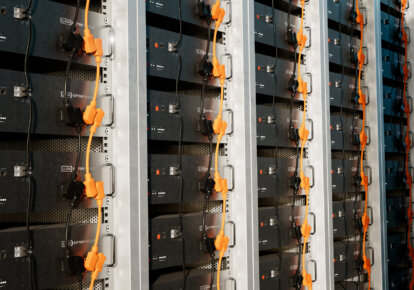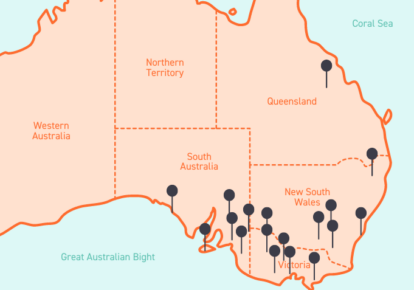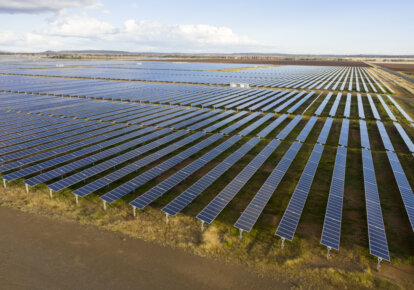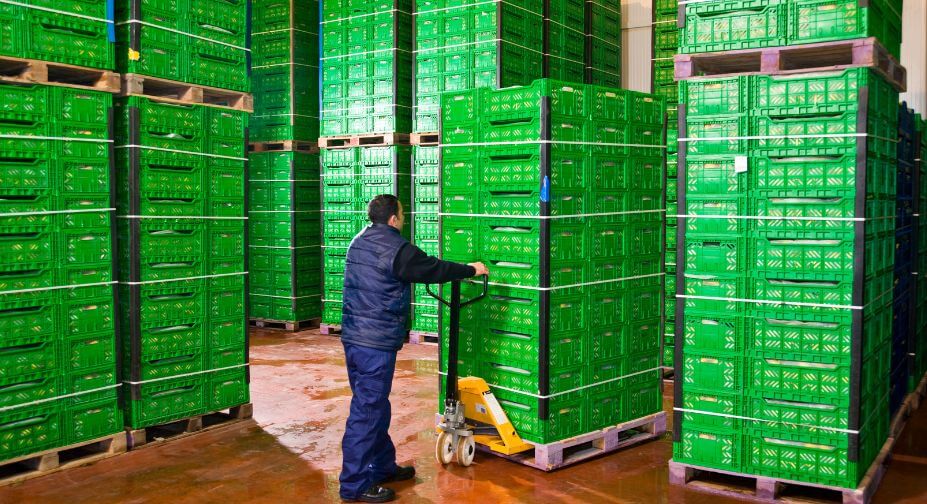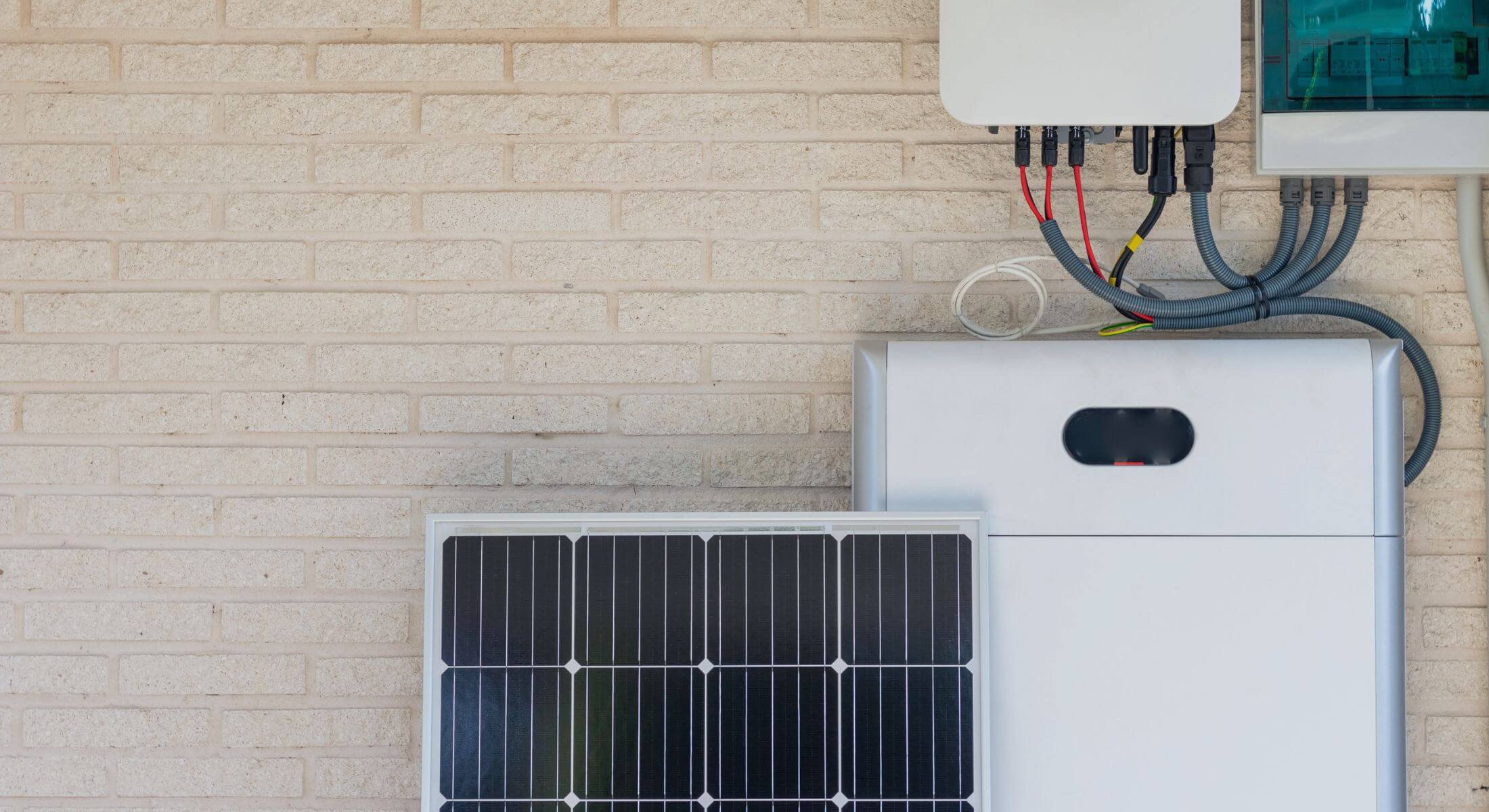Summer is here, and with it comes hotter, drier weather due to the return of El Niño. These conditions have led to the Australian Energy Market Operator (AEMO) flagging an increased risk of electricity supply interruptions for some consumers, with potential for rolling blackouts.
It could be a challenging summer ahead for cold storage facilities, with many searching for a sustainable solution to combat rising electricity costs. So, what can your business do to mitigate risk as the temperature rises?
Here are five ways you can support your business’s bottom line and keep cool this summer.
1. Strategise for supply interruptions
Energy supply disruptions – and potential blackouts – can pose a serious risk to cold storage operations. Having an energy strategy in place to manage this is key, ensuring your business can keep the power running when it matters most.
The easiest way to manage supply interruptions is by shifting the majority of your electricity usage to periods of low grid demand. But, if your business must operate during peak demand periods, a backup generator can stand in for any unexpected supply shortfalls.
Additionally, for some businesses, installing ‘behind the meter’ solutions on-site can help reduce dependence on the grid, from rooftop solar to battery storage.
While generating and storing your own electricity can be a cost-effective and sustainable solution for some, it isn’t a viable option for all businesses due to space availability or building restrictions. In this case, there are alternative solutions that offer equally attractive benefits for your business, without the need for on-site installations.
2. Try a wholesale electricity contract
Most businesses are locked into a flat contract structure which provides consistent pricing but doesn’t reflect the dynamic wholesale market price of electricity – or pass on any of the potential energy savings that a wholesale contract could provide. Wholesale prices are often cheaper, or even negatively priced during daytime hours, as an influx of low-cost renewable energy is supplied to the grid.
If cold storage businesses can optimise operations to capitalise on these low-price periods, while reducing usage during higher price periods, switching to a wholesale electricity contract can deliver significant cost savings. This process can also be automated with the use of smart technology.
3. Use energy at the right time
The price of energy changes every 5 minutes on the wholesale market, which means the time your business uses energy can have a significant impact on how much it’s costing you if you have a contract linked directly to the market price.
Wholesale market prices fluctuate but typically follow a similar daily pattern, as Australia’s growing rooftop and grid-scale solar capacity contribute to declining daytime energy prices.
As solar generation tapers off later in the day and electricity demand increases, thermal generators begin to ramp up. This leads to an increased ratio of fossil energy in the fuel mix within the grid, which is when prices begin to increase.
Powering down or reducing the amount of energy you use during this fossil-fueled period can help your business save money and contribute to a reduction in overall carbon emissions. The ‘right’ time isn’t just about cost savings – using energy when it’s cheaper typically also aligns with when it’s cleaner and more renewable.
4. Get paid to power down
Powering down supports the stability of the grid, and can protect your business from exposure to price spikes – but did you know there are opportunities to be financially compensated for powering down?
The Reliability and Emergency Reserve Trader, or RERT, is a mechanism set up by AEMO to help maintain power system reliability and reduce strain on the grid during periods of extreme electricity demand.
RERT periods typically occur during heatwaves, as more consumers turn on their air conditioners to combat the heat. Additionally, unexpected power outages are more common during extreme weather conditions. Sudden increases in demand, or reduction in supply, can pose serious challenges for the stability of the grid, which is when a RERT event will be called.
Businesses eligible to participate in RERT are financially compensated if they elect to reduce their electricity consumption during these periods, with the choice to either power down or switch to a backup source of generation.
5. Stabilise your energy costs by forward contracting
With energy price volatility expected to continue, businesses are feeling the pinch and there’s never been a more important time to stay ahead of the curve when it comes to your purchasing energy for your business.
Forward contracting is one strategy that cold storage businesses can use as part of their energy strategy to secure their supply and protect their bottom line.
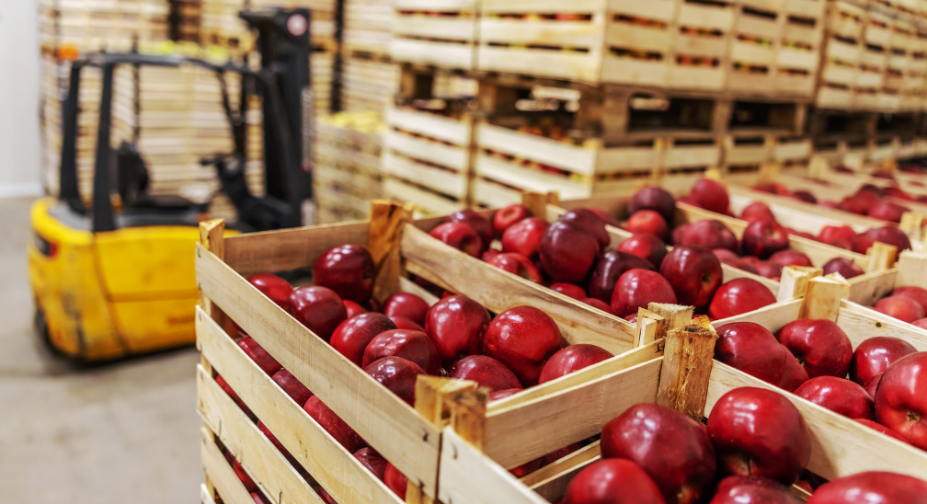
Did you attend the 2023 RWTA National Conference?
You can learn more about cold storage energy strategies from Flow Power’s General Manager of Energy Solutions, Jacob Mahoney.
He gave an insightful presentation on Agility in Energy Management during Global Conflicts and Crisis, including a live customer case study from ACIT Group’s CEO, Frank Casamento.
The presentation is available to view below for any RWTA members who couldn’t attend the conference.
Make energy a competitive advantage for your Cold Storage business
Ready to power ahead this summer? Find a smarter energy strategy today, with Flow Power.
Click here now to view more energy solutions for Australian cold stores.


